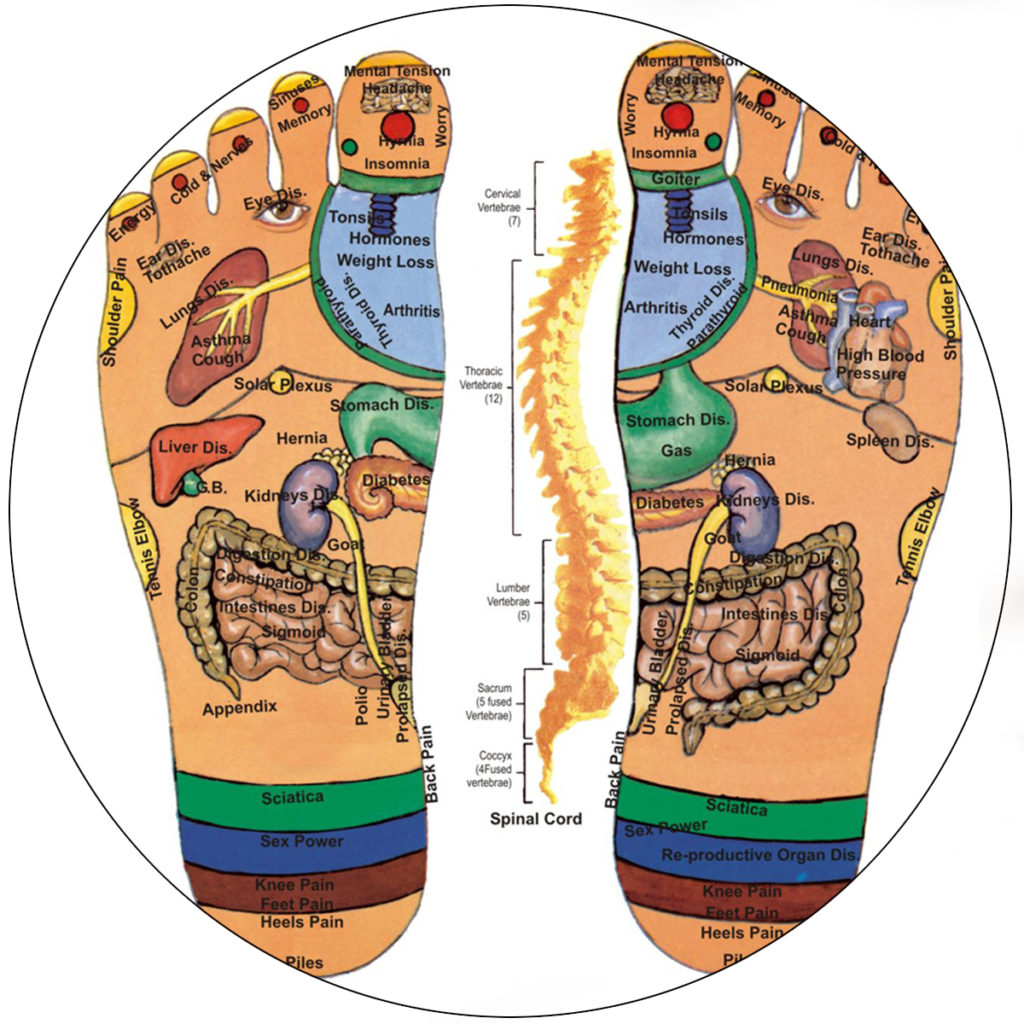Reflexology: The Art of Foot Massage

How Does Reflexology Work?
Reflexology works by stimulating the nerve endings in the feet, which are connected to different parts of the body. By applying pressure to these points, reflexology can help to improve circulation, reduce tension, and promote relaxation. The pressure applied during a reflexology session can also help to release endorphins, which are the body's natural painkillers.
The Benefits of Reflexology
There are many benefits to reflexology, including:
- Reducing stress and tension
- Improving circulation
- Relieving pain and discomfort
- Promoting relaxation and better sleep
- Boosting the immune system
- Improving digestion and elimination
What Happens During a Reflexology Session?
During a reflexology session, the client will be asked to remove their shoes and socks and lie down on a massage table. The reflexologist will then apply pressure to specific points on the feet using their fingers, thumbs, and hands. The pressure applied can range from light to deep, depending on the client's preferences and needs. The session typically lasts around 60 minutes and may include some gentle stretching and massage of the feet and legs.
Step-by-Step Guide to a Reflexology Session
- Remove shoes and socks and lie down on a massage table
- The reflexologist will begin by massaging the feet to warm them up
- The reflexologist will then apply pressure to specific points on the feet, using their fingers, thumbs, and hands
- The pressure applied may be light, moderate, or deep, depending on the client's preferences and needs
- The reflexologist may also use some gentle stretching and massage of the feet and legs
- The session typically lasts around 60 minutes
The Pros and Cons of Reflexology
Pros:
- Non-invasive and natural
- Can be effective for relieving stress, tension, and pain
- May help to improve circulation and boost the immune system
- Relaxing and enjoyable experience
Cons:
- May not be effective for everyone
- Not suitable for people with certain medical conditions
- May cause discomfort or pain if pressure is too firm
- May not be covered by insurance
Conclusion
Reflexology is a natural and non-invasive way to relieve stress, tension, and pain in the body. By applying pressure to specific points on the feet, reflexology can help to improve circulation, boost the immune system, and promote relaxation. While reflexology may not be effective for everyone, it is a safe and enjoyable experience that can be a great addition to any wellness routine.
FAQs
1. Is reflexology painful?
Reflexology should not be painful, but some people may experience discomfort if the pressure applied is too firm. It is important to communicate with your reflexologist during the session and let them know if you feel any pain or discomfort.
2. How often should I have reflexology?
The frequency of reflexology sessions depends on the individual's needs and preferences. Some people may benefit from weekly sessions, while others may only need monthly sessions. It is best to discuss your needs with your reflexologist and come up with a plan that works for you.
3. Is reflexology covered by insurance?
Reflexology may not be covered by insurance, as it is considered an alternative therapy. However, some insurance plans may cover reflexology if it is prescribed by a doctor.
4. Can reflexology help with anxiety?
Reflexology may help to relieve symptoms of anxiety by promoting relaxation and reducing stress. However, it is important to talk to a healthcare professional if you are experiencing symptoms of anxiety or any other mental health condition.
